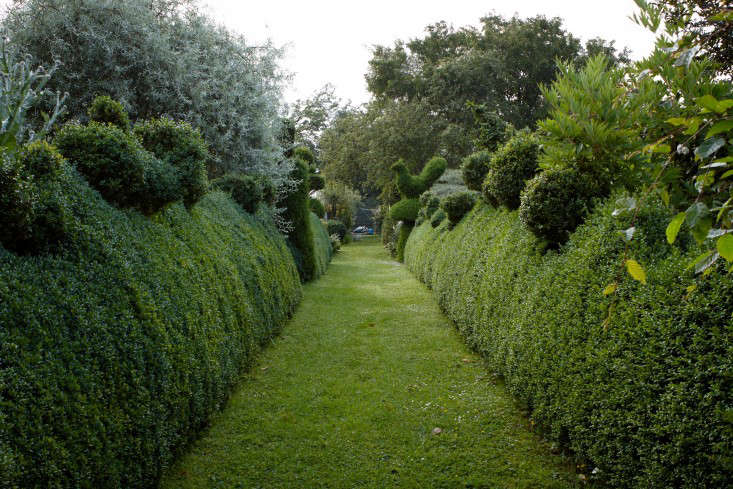One of the most common questions from new garden makers is: “What tree should I plant in a small garden?” While there are plenty of choices there are few things better than hawthorn, prized for its appeal in all four seasons and its relatively compact habit.
Photography by Clare Coulson except where noted.

In May, across England the hedgerows are currently covered in creamy hawthorn flowers which arrive in great clusters down the length of the branches and gives off a frothy, slightly almond scent that is the essence of spring. Its deeply lobed dark green leaves appear ahead of the flowers, and in autumn they turn shades of red and yellow. The hawthorn develops rich red berries over the summer that often stay on the tree through autumn and winter, providing an endless smorgasbord for garden birds (they are particularly popular with robins and other songbirds). The plant is edible for humans too; the spring leaves and flowers can be used in salads, and the haws can be used to make jellies in autumn.

As most varieties have thorns (it’s also known as quickthorn), in winter, when the leaves are gone, the branches have a dense, thorny structure so the hawthorn is also a particularly secure and safe place for smaller birds.

Cheat Sheet
- Crataegus monogyna is the most common variety, used as a hedge as well as small to medium sized tree. It responds well to clipping so can be shaped as you wish and it’s an unfussy tree, growing in most temperate garden situations—shade or sun, dry or damp.
- Crataegus tanacetifolia is later to flower and has downy leaves and is usually thornless. It also has much larger orange haws. Crataegus laevigata ‘Punicea’ (also known as ‘Crimson Cloud’) has stunning dark red flowers in spring, dark red haws and a slightly weeping habit.

Keep It Alive
As with most trees, hawthorn is best planted bare root in late autumn or through the winter. Buy young whips, which are also a very economical way to buy any hedging or tree, and dig a hole a couple of times wider that the plant’s roots. Backfill the hole carefully, avoiding any air pockets, firm it in, and water thoroughly. If you’re planting at any other time of year, make sure that you water once a week if there’s no rain to give your hawthorn the best start. Young plants will not need staking, but if you’ve bought a tree then it’s best to give it some support for the first few years.










Have a Question or Comment About This Post?
Join the conversation